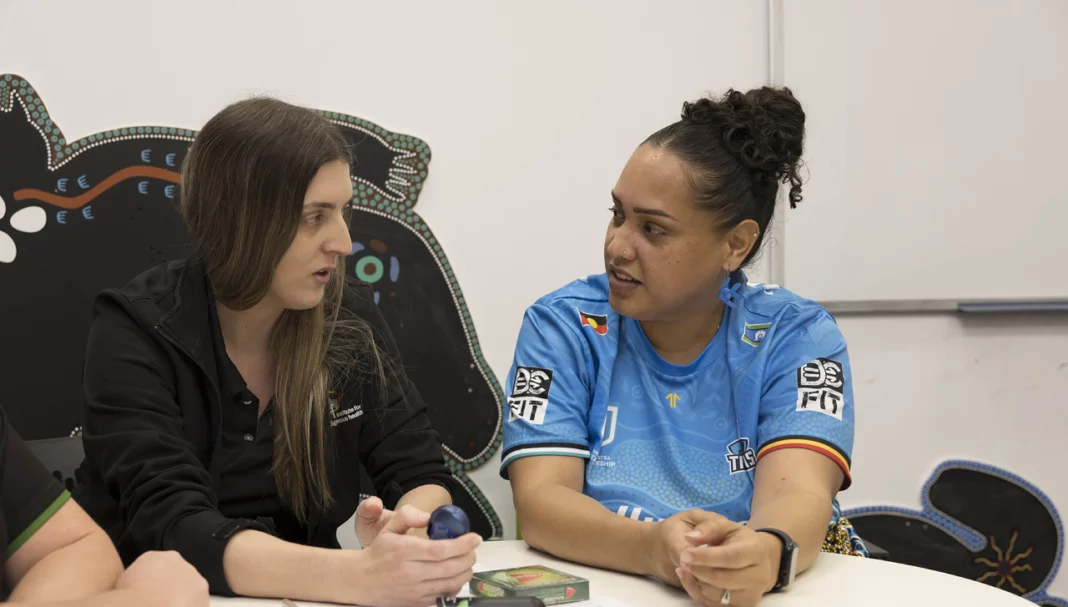Case scenario
Sandra is the pharmacist in charge at a community pharmacy in a large regional town. After conducting a MedsCheck for a local Aboriginal man, she started to think about the services the pharmacy provides to the local Aboriginal community. Sandra wanted to ensure that Aboriginal and Torres Strait Islander peoples felt safe and comfortable attending the pharmacy, and that the services provided were in the best interests of patients. She contacted the local Aboriginal Health Service which arranged for an Aboriginal and Torres Strait Islander health practitioner as well as a local Elder to meet with her and other senior pharmacists to discuss cultural safety in the pharmacy.
Learning objectivesAfter reading this article, pharmacists should be able to:
Competency standards (2016): 1.1, 1.4, 1.5, 1.6, 2.1, 2.2, 2.3, 2.4, 3.1 Accreditation code: CAP2310SYPNW Accreditation expiry: 30/09/2026 Accreditation points: Up to 1.5 Group 2 credits |
Already read the CPD in the journal? Scroll to the bottom to SUBMIT ANSWERS.
THIS IS A CPD ARTICLE. YOU NEED TO BE A PSA MEMBER AND LOGGED IN TO READ MORE.















